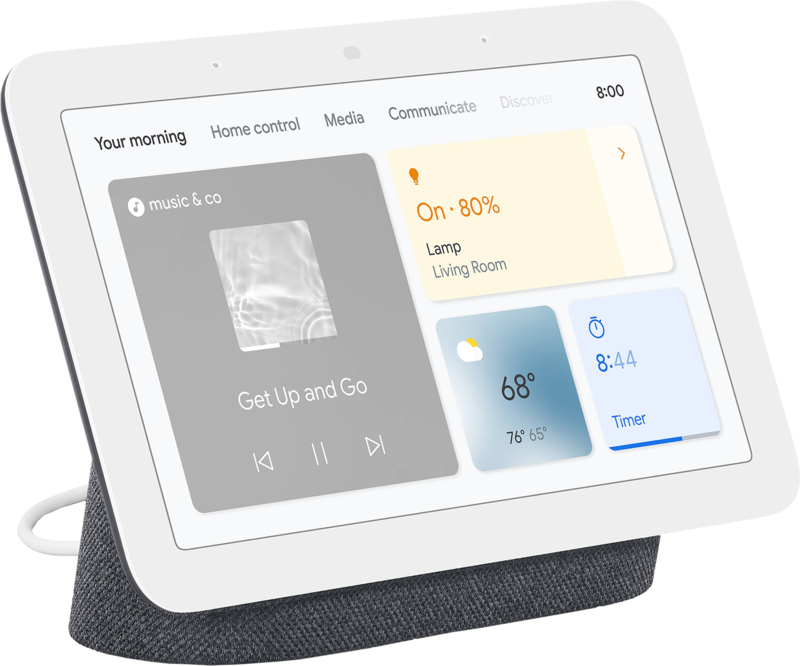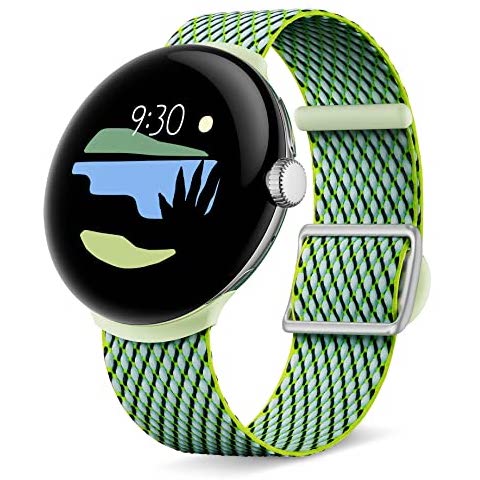Nest Hub (2nd gen) vs Pixel Watch: Which helps you sleep better?
Better sleep tracking? Choose Nest Hub!
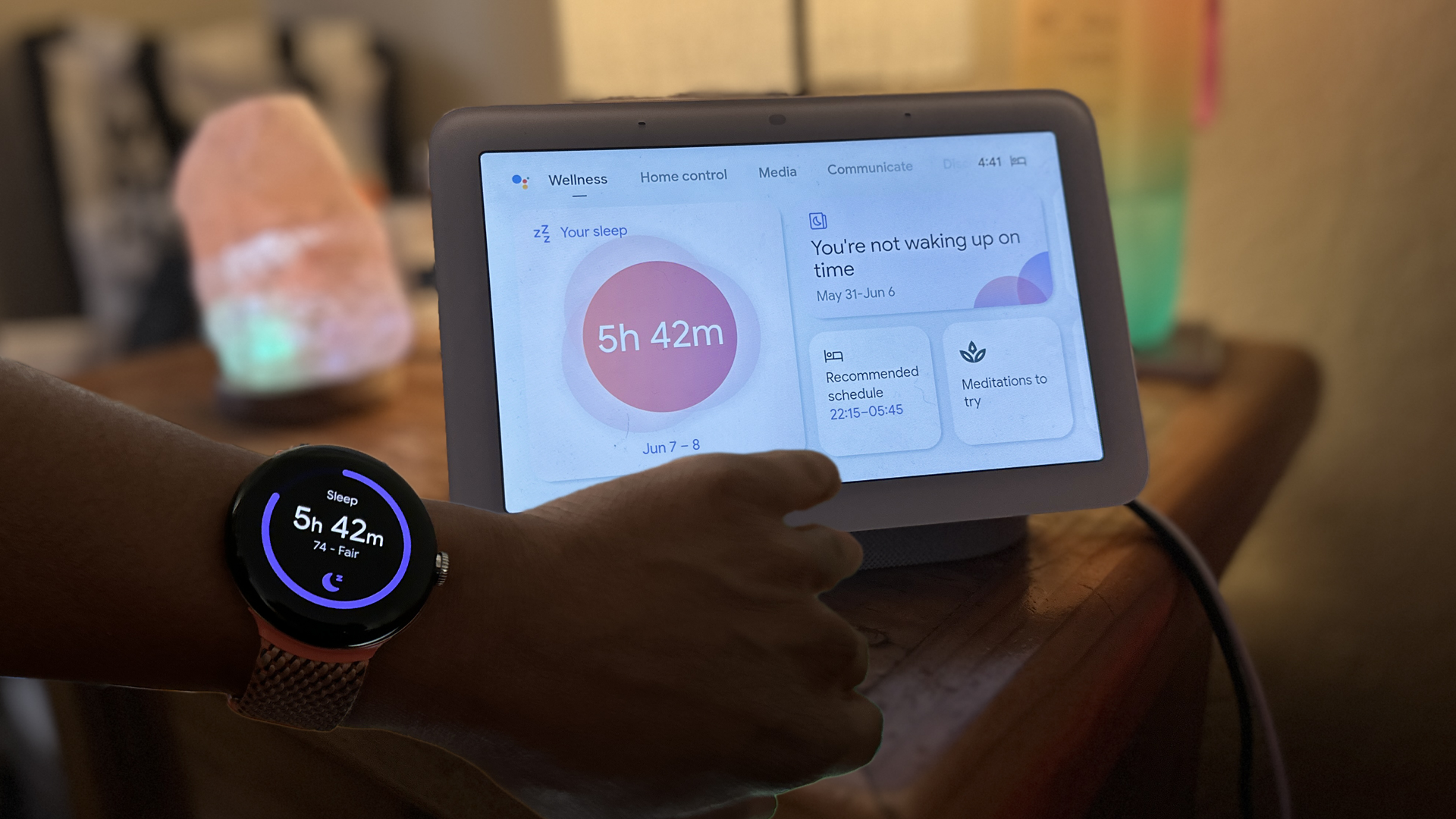
Pros
- Superb digital photo frame
- Sleep Sensing feature works well
- Awesome smart home controller
- Decent speaker for podcasts
- Fitbit integration is implemented quite well
Cons
- Touch-based OS is still sluggish
- Few meaningful hardware upgrades
- Sleep Sensing feature is only free for a limited time
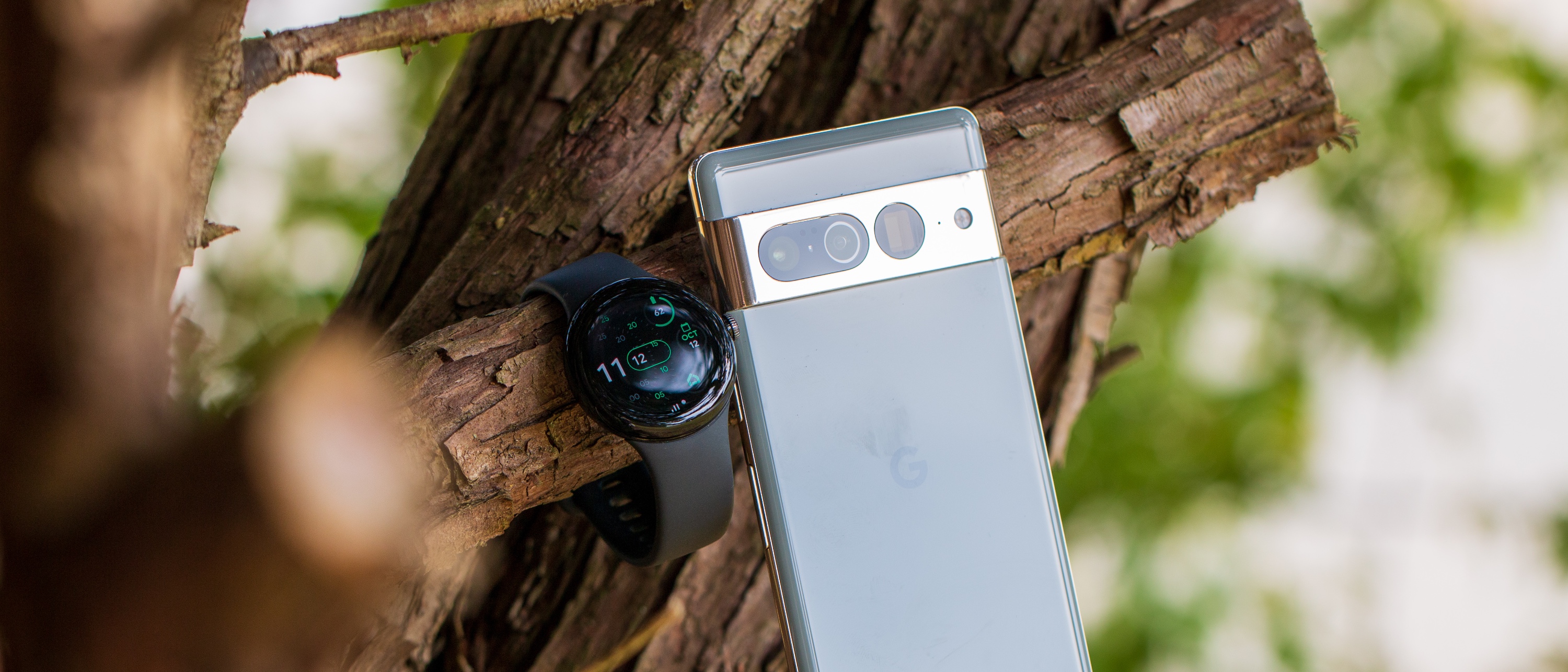
Checking pretty much all of the boxes
Pros
- Incredible hardware
- Lightweight and comfortable
- Plenty of ways to customize watch faces and interface
- Battery life is as advertised
- Fitbit integration is implemented quite well
Cons
- Expensive
- Proprietary bands and charging puck
- You'll need a PD wall adapter
When the second generation Nest Hub debuted in 2021, folks were asking if it was a worthy upgrade to the original and buyers seemed to fall on both sides of the fence. And now that the Google Pixel Watch has been out for a bit now and has had its battery life and sleep-tracking functionality tested, there are some things I think we need to revisit here. I will tell you why the Nest Hub (2nd gen) is the best wearable alternative you can buy when it comes to sleep tracking! Along with some other things I really enjoy about it.
No Cameras Permitted!
I’ll be the first to tell you how much of a wearables fan I am. I’ve worn and reviewed so many of the best Android smartwatches, and for the most part, I've enjoyed them all. But that’s me. What happens if the person wearing a smartwatch really appreciates all of the waking hours' activities you can track and be notified about but feels uncomfortable wearing one to bed? That’s where the Nest Hub (2nd gen) comes into play. But what differentiates the experiences between the two? What compromises do you make having a device that is off-body, tracking your slumber vitals? Before we get to that, I want to touch on something I’ve seen a lot in commentary from people who’ve checked out the Nest Hub (2nd gen) and that is the lack of a camera on the smart display. For a device whose best use is at your bedside, I think that’s a feature and not a bug. That is to say that I don't want a camera on something which is scanning my body and “watching” me at night. Especially being a happily married man.
This Nest Hub uses technology Google calls Soli which is a motion-sensing short-range radar capable of not only detecting gestures but smaller movements like heartbeats and body movements. So for those of you concerned that your smart hub is recording images of you laying in your birthday suit on hot summer nights, you may now rest easy. The gesture functionality with the Nest Hub is somewhat limited but well implemented, allowing you to interact with it without having to speak to it if you choose, which is important if your partner is sleeping next to you and you want to interact with the hub silently without having to pick up your phone and open Google Home. With that out of the way, let’s get to that discussion about just what you’re going to get with the Pixel Watch vs. Nest Hub (2nd gen).
Nest Hub (2nd gen) vs Pixel Watch

The Pixel Watch utilizes Fitibit’s fantastic software platform, mated to the watch's well-crafted sensor technologies to give you some profound insights into your sleeping habits. Though, for deeper dives into the metrics and analytics, you’ll need a Fitbit Premium subscription. The free version of the Fitbit app will still give you the ability to track your time spent asleep with an analysis of the various sleep stages which shows you how much time you spent in light, deep, and REM sleep. You’ll also get a sleep score which aggregates all of that free data into a score to let you know the quality of that night’s sleep. You can see records of this for the last 90 days for free.
If you opt for the paid subscription and you’ll be able to add the functionality of aggregating your sleep and workout history into Fitbit’s Daily Readiness Score. This is derived from data such as the quality of your sleep, how hard you worked out the day before, and your heart rate variability. In effect, it lets you know how ready you may be to push yourself that day. The central pillar of this is the data provided by the heart rate monitor. The downside to all of this access to the sensor data on the watch is battery drain. For some folks, the Pixel Watch won’t get them through a busy day with notifications and workouts without having to get in a quick charge before bed. And, as I mentioned previously, some have no desire to sleep with something on their wrist. No matter how svelte the wearable may be.
And that brings us to the Nest Hub (2nd gen) and its sleep-tracking abilities. The hub’s Motion Sense tracks your movement and your breathing, then feeds that data to Google’s Sleep Sensing to give you something which may be more intuitive than a numeric value. Taking into account interruptions by light(s), sound interruptions which include snoring, and room temperature, along with the movement and heart rate info, the hub gives you a summary telling you that your night was either “Restless,” “Fairly Restful,” or “Restful.” You can see that info either by interacting with the Nest Hub via touch, or by asking, "Hey Google, how did I sleep last night? As I stated previously, all of this data is free through the rest of 2023 but in 2024, at some point, you'll have to pay for Fitbit Premium to get it.
Get the latest news from Android Central, your trusted companion in the world of Android
Some of the data is extremely useful in tracking health if you know what to look for and may be worth that subscription fee for you. For example, respiratory rate is great to know because it's an indicator of heart health or the onset of sickness. An increased heart rate may be an indicator of something serious or the onset of an illness. If you're waking up feeling depleted on a regular basis, seeing how much you're snoring at night could be a great indicator of something you need to look deeper into like sleep apnea.
The Biggest Differences Are...
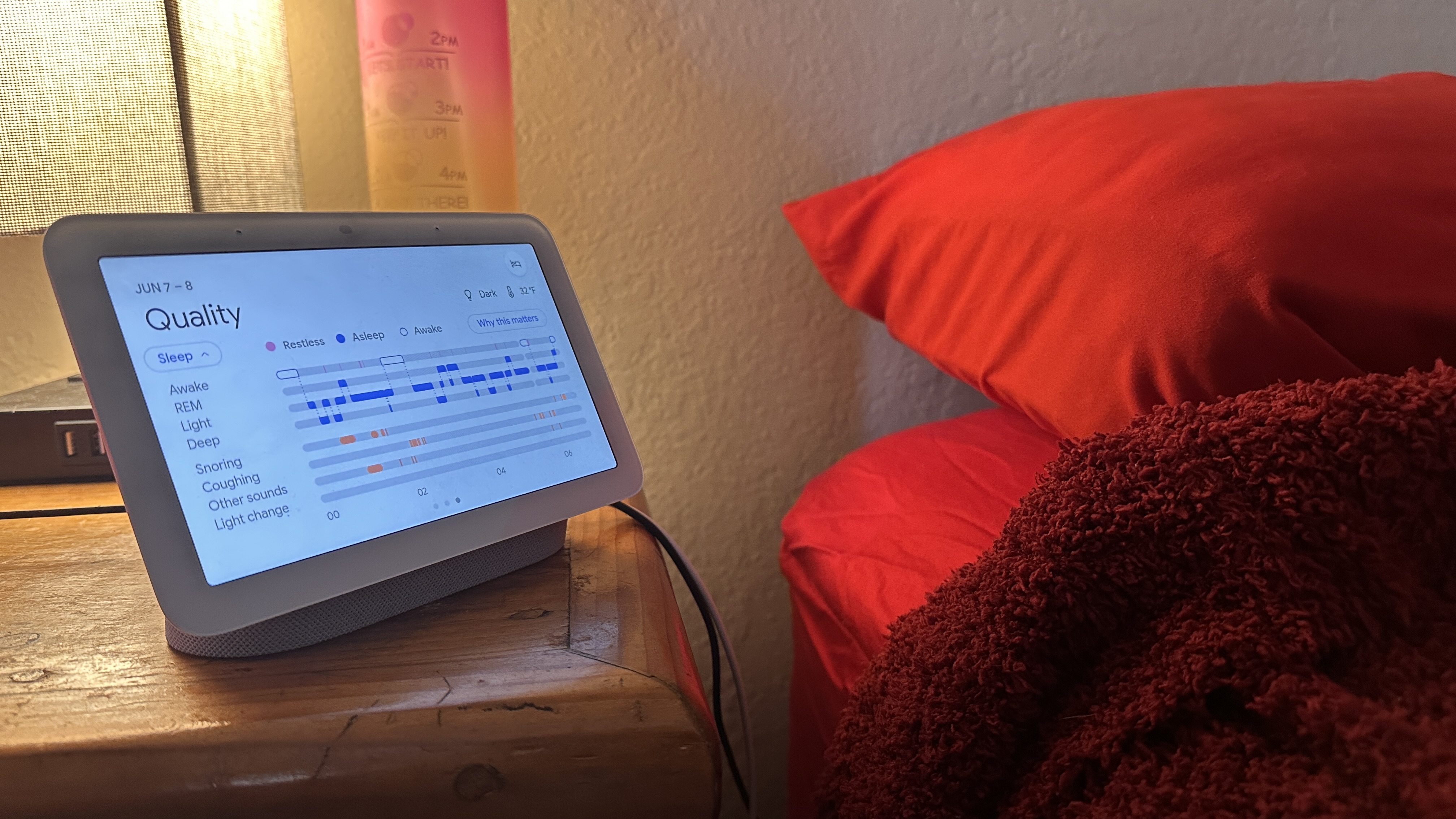
The biggest differences between the watch and the hub are that, naturally, the watch is going to be more accurate because it draws on an on-body heart rate sensor to help establish sleep, in addition to sensors that record movement. An example of the inaccuracy in the hub, for some, may be that if you like lying in bed to read or do some light work before heading off to sleep, that activity may be counted as time in bed, asleep. Even with me lying next to my wife, we have it set up for her, the hub accurately recorded her time in bed though, so no worries there.
The other difference is that the deeper analytics for sleep are behind Fitbit’s premium paywall on the Pixel Watch whereas Sleep Sensing on the hub is free, FOR NOW. It was supposed to go behind the paywall on Fitbit premium this year, but Google is holding off on those plans until 2024. Another difference is that when you set up sleep on the watch, you’re done. Just go to sleep. With the hub, you’re going to have to have it in a very particular position to track your sleep. It’ll need to be bed height on a nightstand next to you, around the area of the top of your bed, about where you’d have your pillow. The Nest Hub will walk you through setting up sleep tracking by scanning your body in the position that you normally lay in. If the position of your hub is off the mark, your metrics will be as well.
Protip: Once you have the hub set to the ideal position on your nightstand, use some painter's tape, rip a couple of small strips, and “mark” its location on your stand by lifting it and placing those strips under the rear edges of the unit. This way if you shift some things around on your nightstand or it gets bumped out of position, it’s simple to place it right back in its spot without having to recalibrate it.
Final Thoughts
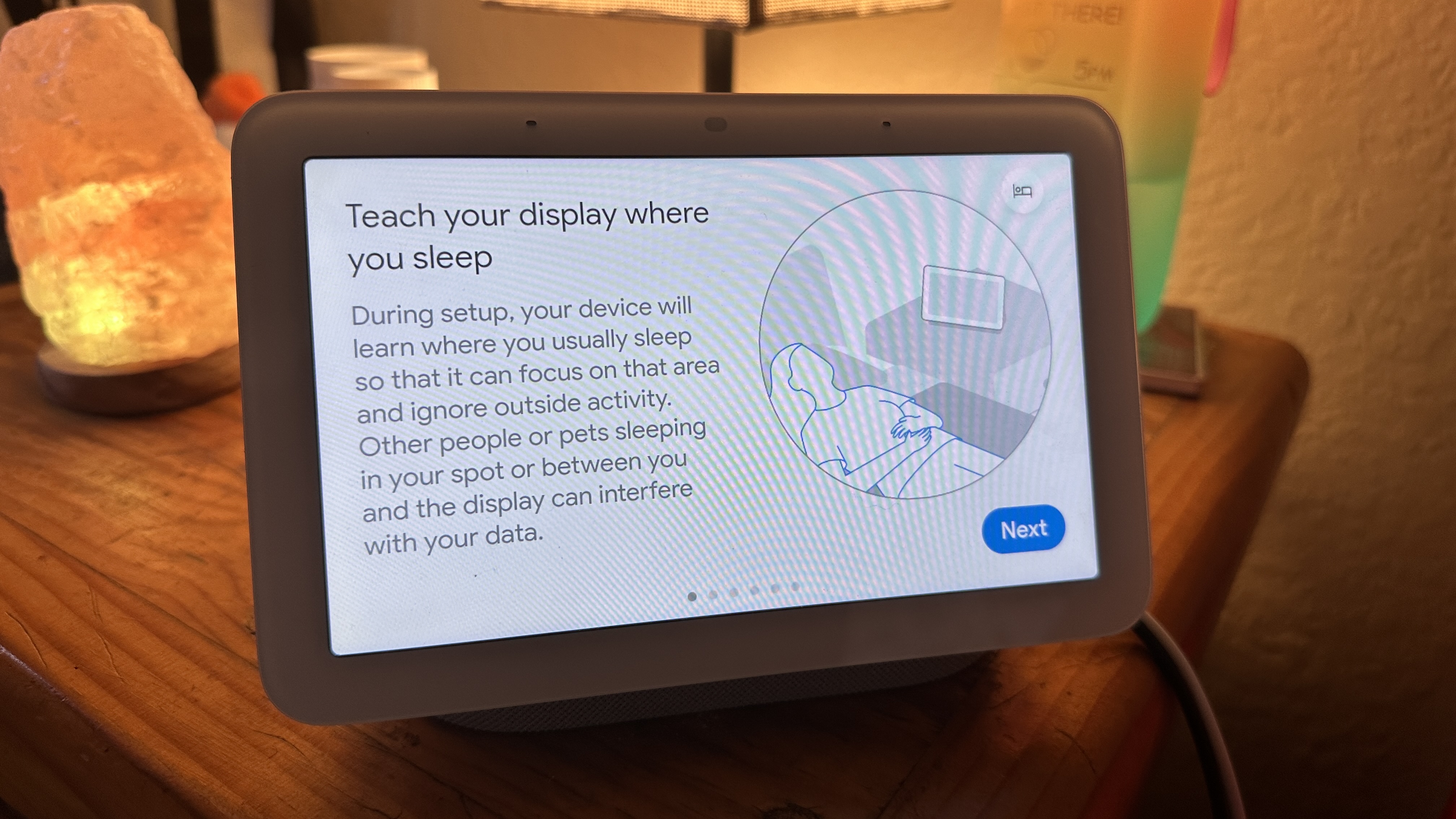
Using Google’s Nest Hub (2nd Gen) does offer some functionality beyond sleep that you won’t get on the watch. Speakers are improved over the 1st gen device and deliver nice sound for being so close to you, and then of course you get the ability to watch YouTube videos right there next to you. And though you can connect Bluetooth earbuds to your watch and listen to music to help you fall asleep, falling asleep with them in could be uncomfortable for you. With the Nest Hub (2nd Gen), just throw on some white noise and drift off to wherever your peaceful dreams may take you. For $99, in a choice of four different colors, I think it’s one of the best bedside smart displays around — even more so for the security conscious. So, if you’re in the Google ecosystem and you find yourself uncomfortable sleeping with a watch on, or you prefer to charge that Pixel Watch overnight, I can definitely recommend Google’s Nest Hub (2nd gen) as the preferred bedside device for sleep tracking. And, beyond that, if you’re just looking for a smart home device to have next to the bed, for its lack of a camera, I’d rate it as a top pick as well!

Tshaka Armstrong is a nerd. Co-Founder of the non-profit digital literacy organization, Digital Shepherds, he’s also been a broadcast technology reporter, writer and producer. In addition to being an award-winning broadcast storyteller, he’s also covered tech online and in print for everything from paintball gear technology, to parenting gadgets, and film industry tech for Rotten Tomatoes. In addition to writing for Android Central, he’s a video contributor for Android Central and posts everything else to his own YouTube channel and socials. He blathers on about his many curiosities on social media everywhere as @tshakaarmstrong.

